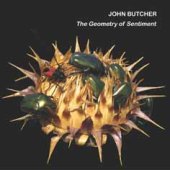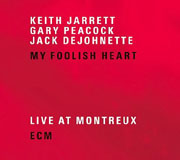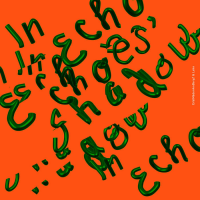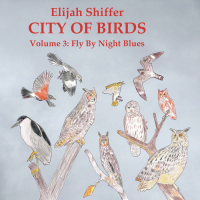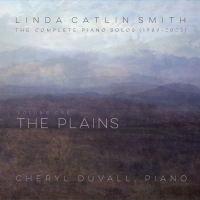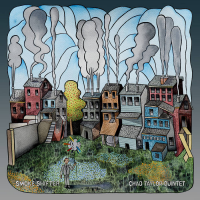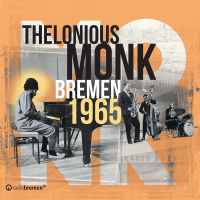Home » Jazz Articles » Album Review » John Butcher: The Geometry of Sentiment
John Butcher: The Geometry of Sentiment
This music comes from five different dates between November 2004 and November 2006. More tellingly, it comes from five very different locations and playing situations. The two opening tracks were recorded on a return visit to Japan's Oya Stone Museum, the vast resonant space created by stone mining that was featured on Butcher's Cavern With Nightlife (Weight of Wax, 2002). On the first, Butcher plays with (in both senses) the echoes. Subtly varying their tone and attack, he allows time between his deliberate, measured phrases for the echoes to be heard—literally, playing with himself. Then, he is suddenly into a rapid-fire barrage of notes—sustained by circular breathing—that allows no space to hear the echoes, a duel for dominance between the sax and its own reflection. Butcher has pioneered the use of electronics in his playing, but here none are necessary, the cavern naturally providing similar effects to those that electronics can.
Even more experimental are two tracks on which Butcher does not blow through his saxophones, instead creating feedback and then playing it with the keys of his instruments. The end results do not sound much like saxophones, having a far colder, more brittle quality. As always with feedback, it is constantly on the verge of spiraling out of control, giving the pieces an edgy feel, like walking on a tightrope. Daredevil stuff.
Strangely, one of the more conventional pieces, "But More So,"is dedicated to the very far from conventional Derek Bailey. Of course, conventional is a relative term. The track sounds conventional in the context of this album, but for most other saxophonists it would be iconoclastic. The title of the piece refers to a comment from Bailey at a gig in the 1970s, where he was billed as playing blues guitar. During the opening piece, Bailey announced, "The music we'll be playing for the rest of the evening will be like this, but more so. Some of you might like to take the opportunity to leave now." A fitting tribute to the late, great.
The concluding track again shifts the scene, but links back to the opener. Recorded in Germany, inside the disused gasometer in Oberhausen. the vast space is even more resonant than the Stone Museum, with multiple echoes and a long delay time. Again the effect is similar to those created electronically, using loops, delays and multi-tracking. Butcher again demonstrates masterly restraint, enabling his playing to be enhanced by the acoustics, but also allowing the space to be heard to dramatic effect. He is playing the space even more than he is playing the sax. One could almost be inside that gasometer, so immediate is the sound.
A Butcher solo album is always a treat. This is well up to the usual high standard.
Track Listing
First Zizoku; Second Zizoku; A Short Time To Sing; But More So (for Derek Bailey); Action Theory Blues; Soft Logic; Tr
Personnel
John Butcher
saxophoneJohn Butcher: tenor or soprano saxophone; amplified / feedback (3, 6).
Album information
Title: The Geometry Of Sentiment | Year Released: 2007 | Record Label: Emanem
Tags
PREVIOUS / NEXT
Support All About Jazz
 All About Jazz has been a pillar of jazz since 1995, championing it as an art form and, more importantly, supporting the musicians who make it. Our enduring commitment has made "AAJ" one of the most culturally important websites of its kind, read by hundreds of thousands of fans, musicians and industry figures every month.
All About Jazz has been a pillar of jazz since 1995, championing it as an art form and, more importantly, supporting the musicians who make it. Our enduring commitment has made "AAJ" one of the most culturally important websites of its kind, read by hundreds of thousands of fans, musicians and industry figures every month.


